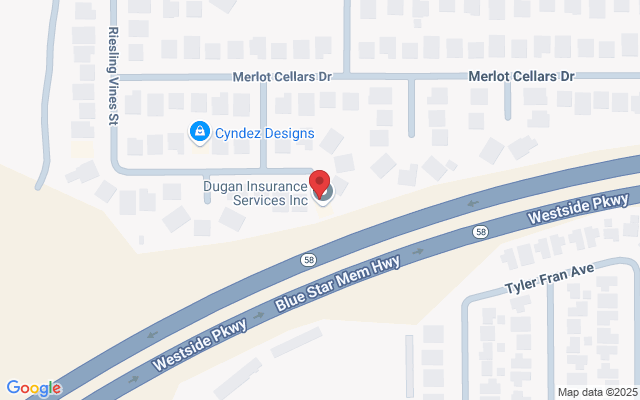
California Medicare Part D Plan Benefits: What You Need to Know
California Medicare Part D Plan Benefits: What You Need to Know
If you’re on Medicare in California, understanding your prescription drug coverage is more important than ever. Medications can be one of the biggest out-of-pocket expenses for seniors and retirees—but Medicare Part D helps offset those costs. Whether you’re new to Medicare or reviewing your plan during Open Enrollment, this guide explains everything you need to know about Medicare Part D plan benefits in California.
What Is Medicare Part D?
Medicare Part D is prescription drug coverage offered through private insurance companies approved by Medicare. It's available to anyone enrolled in Medicare Part A and/or Part B and is designed to help reduce the cost of both brand-name and generic medications.
You can get Part D coverage in two ways:
As a standalone prescription drug plan (PDP) if you have Original Medicare
Bundled into a Medicare Advantage plan (MA-PD) that includes drug coverage along with hospital and medical services
What Does Medicare Part D Cover?
Each Part D plan has its own formulary—a list of covered medications. However, all plans are required to cover a wide range of drug categories, including:
Cancer medications
Antidepressants
Antipsychotics
HIV/AIDS treatments
Immunosuppressants
Seizure medications
Drugs on a formulary are divided into tiers:
Tier 1: Preferred generics (lowest cost)
Tier 2: Non-preferred generics
Tier 3: Preferred brand-name drugs
Tier 4 & 5: Non-preferred and specialty drugs (higher cost)
Tip: Each plan’s formulary and tier structure can be different. Always check that your specific medications are covered—and see which tier they fall under.
Key Part D Benefits in California
1. Lower Prescription Costs
Part D helps reduce the cost of both short- and long-term medications. Many plans offer $0 copays for Tier 1 generics at preferred pharmacies, especially in major California cities like Los Angeles, San Diego, and Sacramento.
2. Coverage for High-Cost Drugs
For those on expensive brand-name or specialty drugs, Part D plans provide vital cost-sharing protections. Even if the drug is pricey, you won’t pay full price—your plan shares the cost.
3. Catastrophic Coverage
Once your out-of-pocket spending hits a certain limit (called the True Out-of-Pocket threshold or TrOOP), you enter catastrophic coverage—where your copays drop significantly for the rest of the year.
4. Access to Preferred Pharmacies
Most California Part D plans use pharmacy networks with lower-cost preferred options. Using these pharmacies can result in major savings on your monthly prescriptions.
5. Extra Help Program
If you're on a limited income, you may qualify for Extra Help, a federal program that significantly reduces premiums, deductibles, and copays for Part D coverage. Many eligible Californians are automatically enrolled if they qualify for Medi-Cal.
Costs to Expect
While benefits are clear, it's important to understand the costs:
Monthly Premiums: In California, Part D premiums can range from under $10 to over $100/month depending on coverage level.
Deductibles: Some plans charge an annual deductible (up to $545 in 2024), though many waive it for lower-tier drugs.
Copays/Coinsurance: Your share of the cost varies depending on the drug tier and whether you use a preferred pharmacy.
When Can You Enroll?
You can enroll in a Medicare Part D plan during these periods:
Initial Enrollment Period (IEP): When you first become eligible for Medicare
Annual Enrollment Period (AEP): October 15 – December 7 each year
Special Enrollment Period (SEP): If you lose other drug coverage or move
Final Thoughts
Medicare Part D plans in California offer significant value—if you choose the right one. Take time to compare formularies, premiums, pharmacy networks, and out-of-pocket costs to make sure your medications are covered affordably.
If you need help evaluating your options, consult with a licensed independent Medicare agent for side-by-side comparisons.

